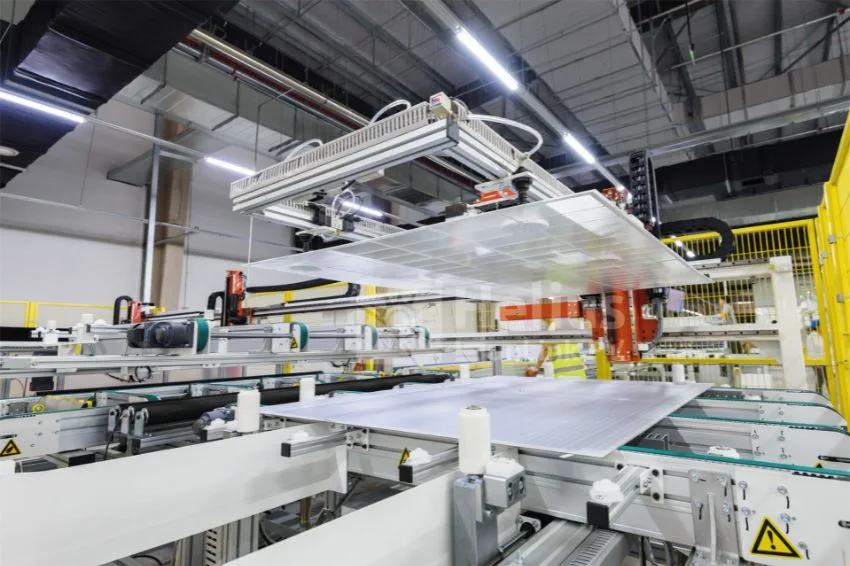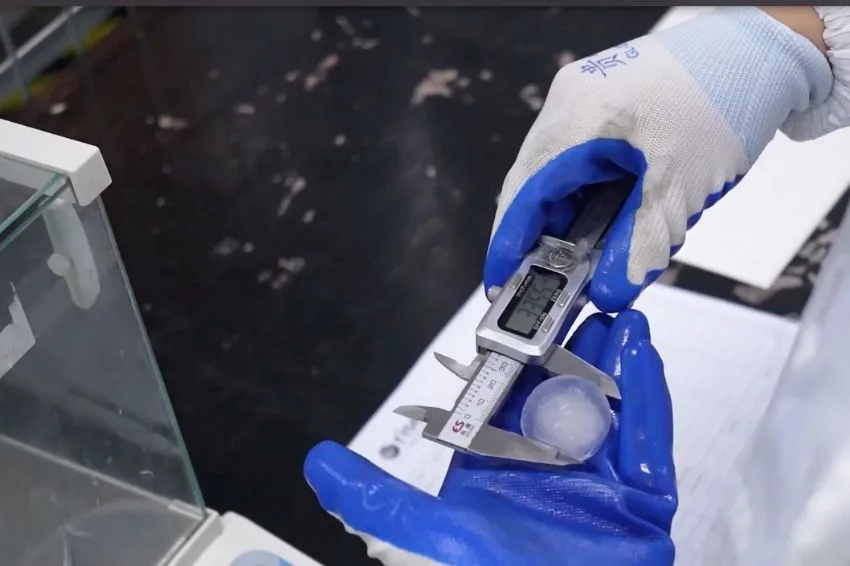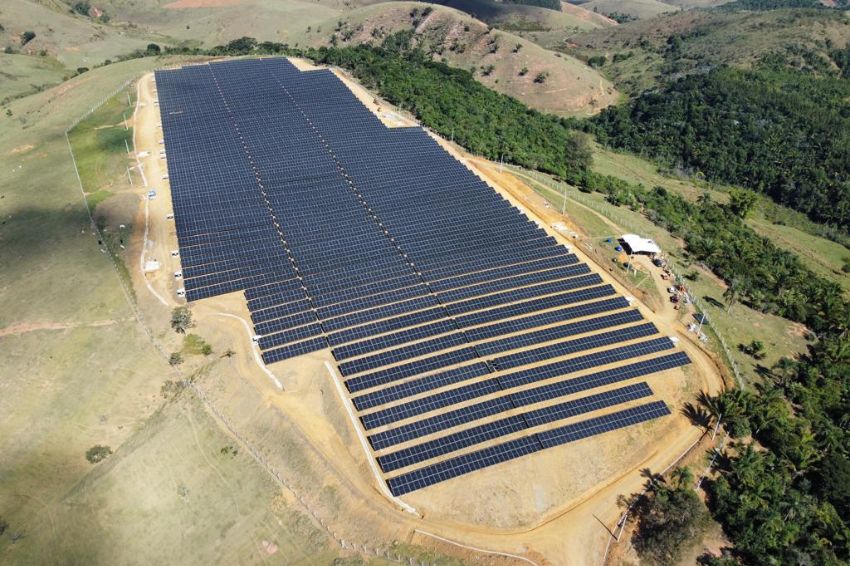A recurring question in the photovoltaic solar energy sector is how to protect equipment against atmospheric discharges.
It is believed, for example, that around 25% of all damage suffered by photovoltaic systems in the world is caused by these direct or indirect discharges.
To resolve this and other issues, experts discussed the topic during the webinar “Grounding in Renewable Systems: Solar Photovoltaic & Wind“, promoted by Revista O Setor Elétrico, in partnership with Solar Channel, last Thursday (01).
Ronaldo Kascher, technical director of Kascher Engenharia, commented on the subject and highlighted the importance of the DPS (surge protective device) of classes I, II and III – which can be used in photovoltaic plants.
“The electrical transient can be measured as voltage or current. So, there are points in the installation where when the transient occurs it is of high energy, that is, there is a high current involved. For example, imagine a building with SPDA that receives the line coming from the street. If lightning strikes the building, when it hits the ground, the potential rises due to the impedance,” he said.
“With this, the DPS who act as gatekeepers on this line realize: there is tension wanting to enter. Thus, they close the line to land. At this time, part of the lightning goes to the ground and part of the lightning goes up, passes through the DPS and goes through the public network. In this case, when part of the current passes through the DPS you have to have class I – a special DPS that is tested with a high energy impulse”, explained Kascher.
Regarding the class II DPS, the executive pointed out that the same was done to capture the lightning induction – S4, when it is in the network, or S2 when it is induction in the building's own wiring. “When lightning strikes, the impedance of the electrical system is very high — not allowing the current to rise — but the voltage remains high.”
“Therefore, when it fires, the current that passes is much smaller than in that first test, which is the lightning falling directly on the building. In this case, you use class II — a simpler DPS, which is tested with an impulse ramp of 8 for 20 thousand seconds, less demanding in terms of energy capacity”, highlighted the expert.
Regarding DPS class III, the technical director of Kascher Engenharia reported that they are also suitable for shorter duration impulses and are recommended for locations with less exposure. “Finally, each class means the ability of the DPS to manipulate the current or voltage induced by the lightning”, he concluded.
Read more: How do you know if the DPS needs to be replaced?
Grounding in renewables
Throughout the webinar, Paulo Freire, specialist in grounding and SPDA for large plants, highlighted the differences that grounding systems in renewable parks have in relation to building installations and substations.
“Historically, we were used to working with grounding of substation, building and industrial networks — in the order of tens of meters. Currently, with the advent of renewables, we are working with projects measuring hundreds of meters, if we talk about photovoltaic distributed generation plants, in the range of 1 to 5 MW”, commented Freire.
“We are also talking about kilometer-long groundings when we refer to large solar plants and wind farms. So, these are new dimensions that require a different vision, different software resources and treatment that is quite different from what we are used to seeing,” he said.
Read more: Grounding system of a photovoltaic solar plant
Grounding is like a “butler”
According to the expert, it is very common to have a problem with the plant and blame it on the grounding. However, for him, the same has to be seen with an element that is part of the installation as a whole. “It leaves the ground, goes to the solar panels, reaches the inverters and goes to the substation. Grounding is like being a butler”, he pointed out.
Ronaldo Kascher also shares this premise and highlighted that grounding performs several functions: it solves static equalization, atmospheric discharges and short circuits. “
Each drive has different performance. So, the designer needs to be very careful with this, in order to have the answers to the following questions. Is the system safe for people? Is the system adequate for its functionality, operational continuity?”, he asked.
“The Sol do Sertão plant, for example, has 200 km of grounding cables. Therefore, a lot depends on a well-adjusted soil model, a study that optimizes this entire cable length as much as possible. We are starting to deal with kilometer-sized grounding, there is a lot of copper being buried. Therefore the price soared, not only because of the pandemic, but because of the growth of renewables in the world”, added Paulo Freire.
Read more: Sol do Sertão Solar Complex will generate 4 thousand jobs in Bahia
“In conclusion, the project is increasingly relevant. As Ronaldo said, grounding has to play a lot of roles, but at the same time it has to be optimized, as we are talking about a significant value within this work”, he added.
















